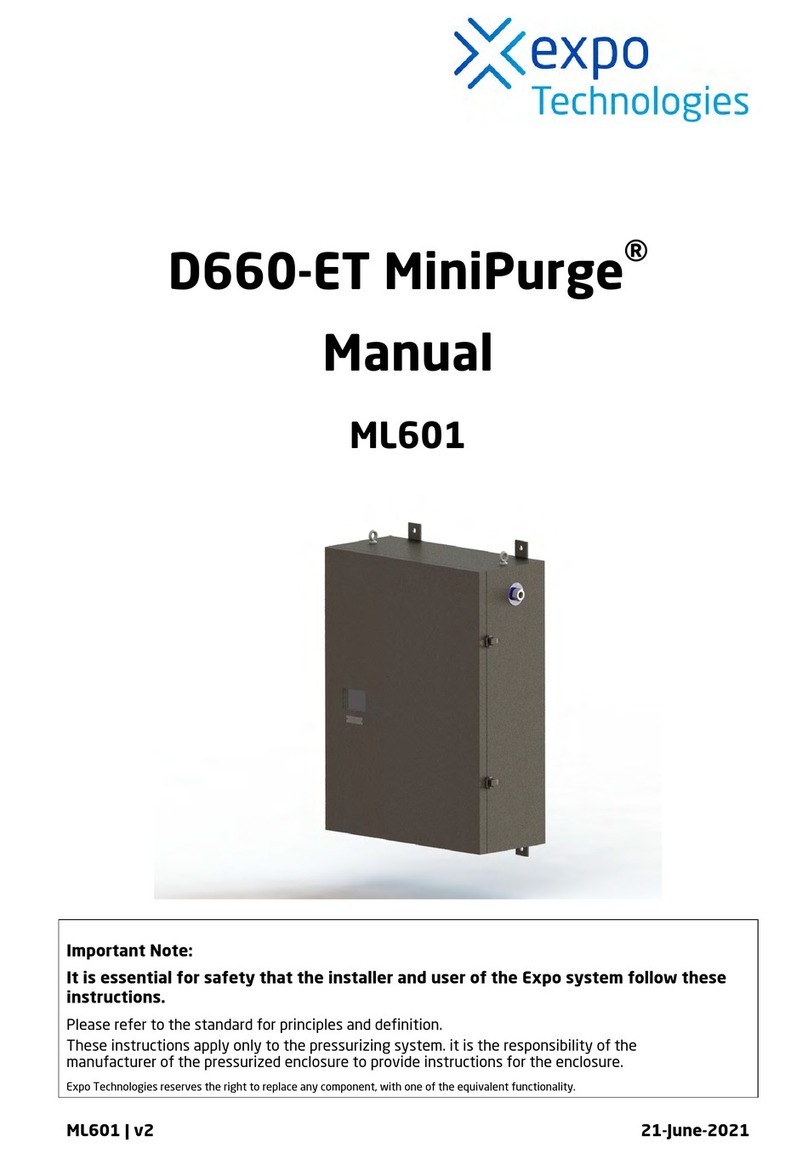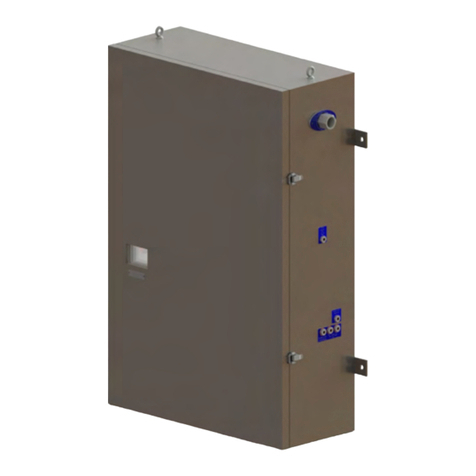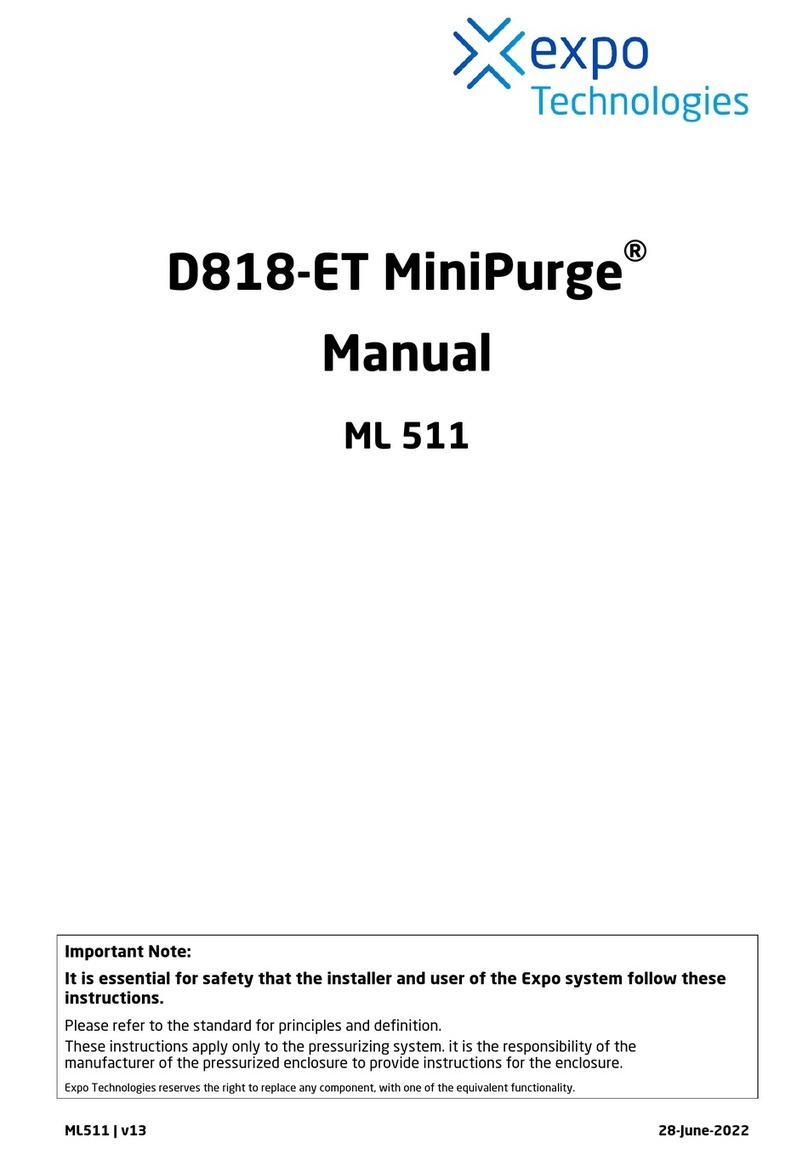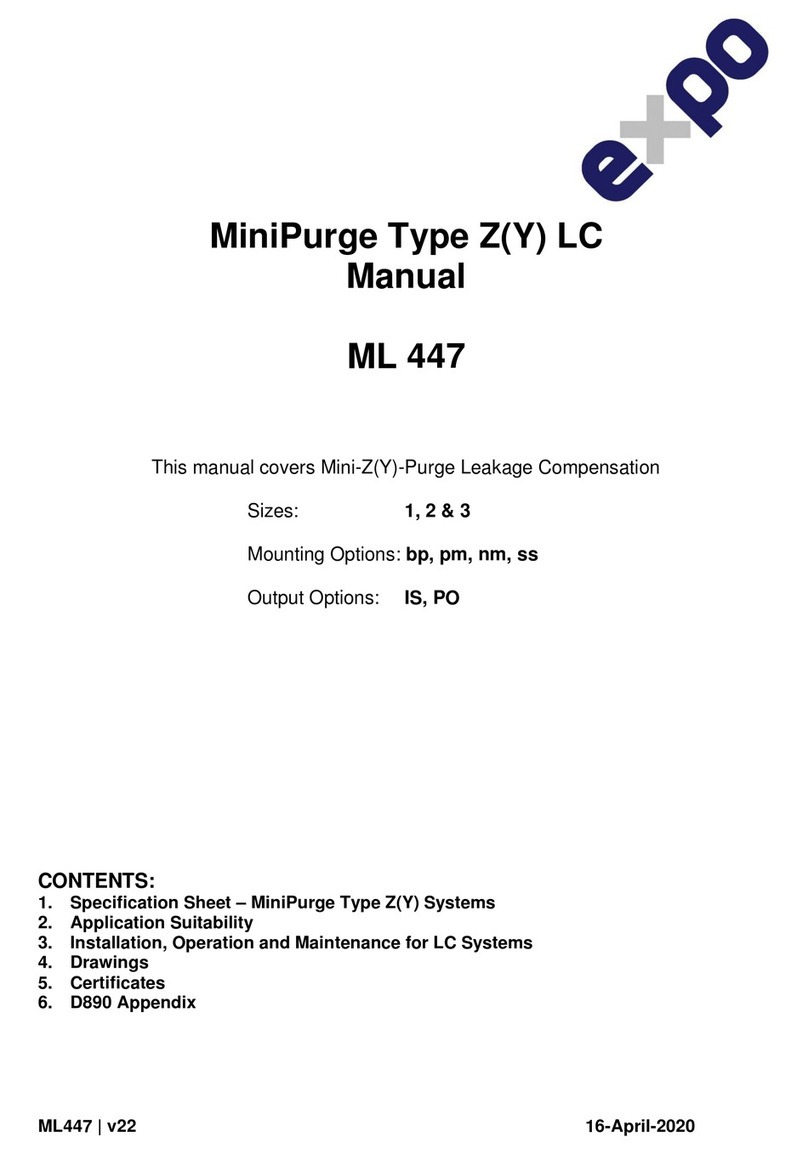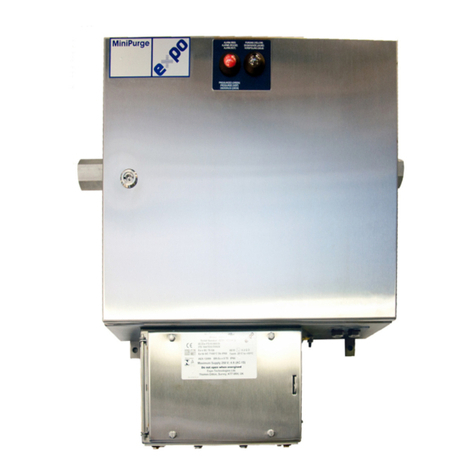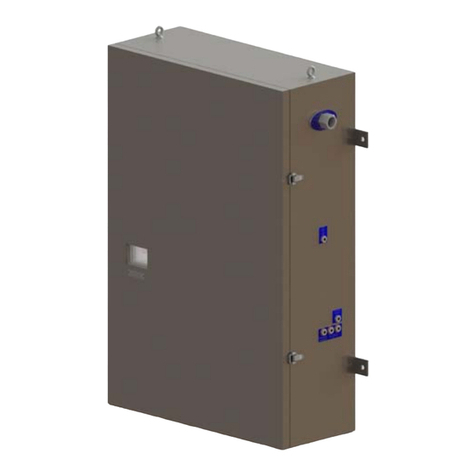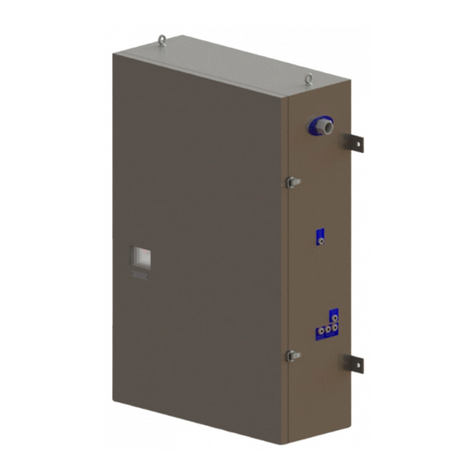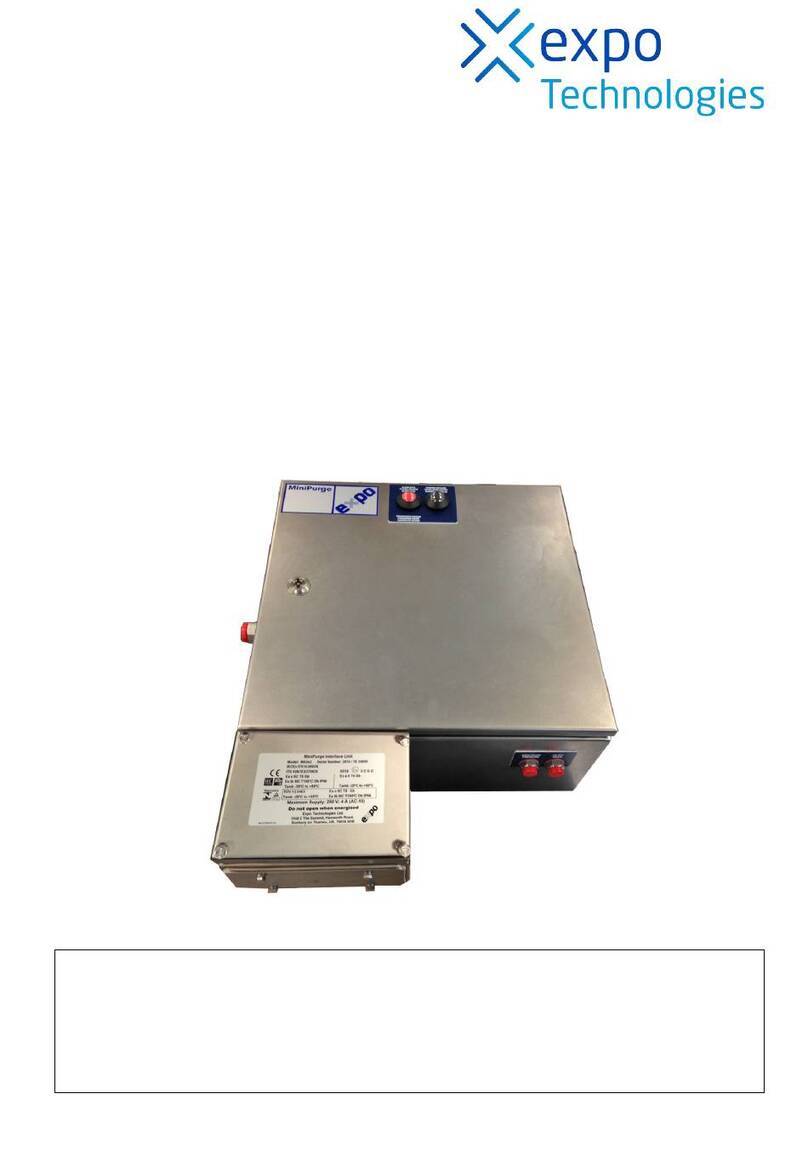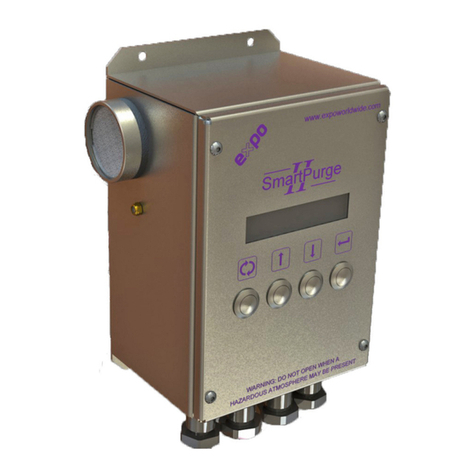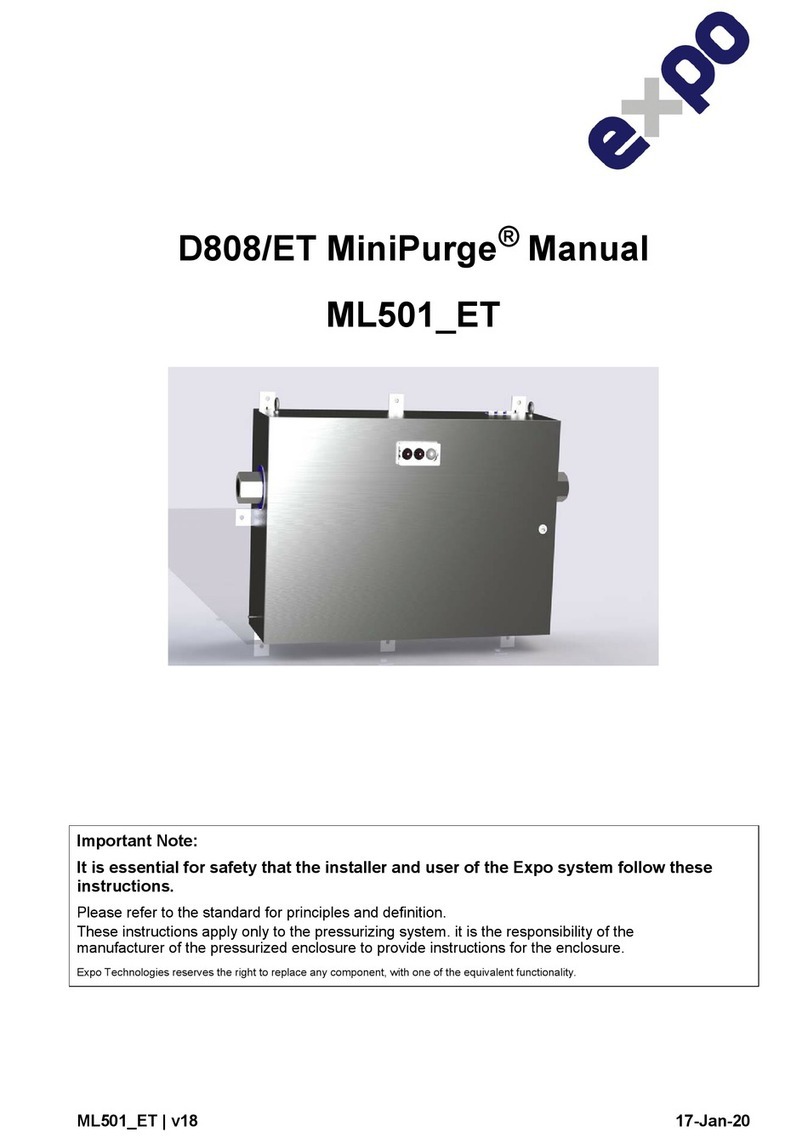
ML435 | v23 i
Section 1: System Specification ........................................................................................................ 1
MiniPurge® Control Unit Data .......................................................................................................... 2
Relief Valve Unit and Purge Outlet Valve with integral spark arrestor ............................................. 3
Section 2: Quick User Guide .............................................................................................................. 4
Installation ........................................................................................................................................ 4
Operation of the System ................................................................................................................... 4
Section 3: Application Suitability ...................................................................................................... 6
Section 4: Description and Principle of Operation .......................................................................... 7
Section 5: Main Components ............................................................................................................. 9
Air Supply Filter / Regulator ............................................................................................................. 9
Logic Air Supply Regulator ............................................................................................................... 9
Minimum Pressure Sensor ............................................................................................................... 9
Purge Flow Sensor ........................................................................................................................... 9
Intermediate Sensor ......................................................................................................................... 9
Electronic Purge Timer ..................................................................................................................... 9
Purge Complete Valve ..................................................................................................................... 9
OR Gate ......................................................................................................................................... 10
Alarm Only Circuit (/AO) ................................................................................................................. 10
Visual Indicators ............................................................................................................................. 10
Power Interlock Switch ................................................................................................................... 10
Alarm / Pressurized Switch ............................................................................................................ 10
System Purging Switch (Optional) .................................................................................................. 10
Intermediate Switch ........................................................................................................................ 11
Purge Valve .................................................................................................................................... 11
Purge Flow Restrictor ..................................................................................................................... 11
CLAPS Sensor ............................................................................................................................... 11
CLAPS Regulator ........................................................................................................................... 11
Relief Valve Unit ............................................................................................................................. 11
Intrinsically Safe Terminal Box ....................................................................................................... 11
Section 6: Installation of the System .............................................................................................. 12
Relief Valve Unit ............................................................................................................................. 12
Air Supply Quality ........................................................................................................................... 12
Pipe Work ....................................................................................................................................... 13
Multiple Enclosures ........................................................................................................................ 13
Provision and Installation of Alarm Devices ...................................................................................13
Power Supplies and their Isolation ................................................................................................. 13
Power Interlock Switch ................................................................................................................... 13
Section 7: Commissioning ............................................................................................................... 15
Commissioning the System ............................................................................................................ 15
Normal Operation ........................................................................................................................... 16
Section 8:Maintenance of the System ............................................................................................ 17
General maintenance ..................................................................................................................... 17
Additional maintenance checks ...................................................................................................... 17
Maintenance of Electronic Timer .................................................................................................... 17
Re-calibration of the Relief Valve Unit ............................................................................................ 17
Re-calibration of the Pressure Sensors .......................................................................................... 18
Section 9: Fault Finding ................................................................................................................... 19
General Information ........................................................................................................................ 19
System purges correctly but trips and auto re-purges at the end of the purge time. ...................... 19
Relief Valve opens (continuously or intermittently) ........................................................................ 20
System enters purging but purge indication does not occur. ......................................................... 20
System begins purging but cycles fail to complete ......................................................................... 20
Section 10: Recommended Spares List .......................................................................................... 21
Section 11: Glossary ........................................................................................................................ 21
Section 12: Drawings and Diagrams ............................................................................................... 21
Section 13: FM ML384 Manual ......................................................................................................... 21
Appendix A: Certifications ............................................................................................................... 29

